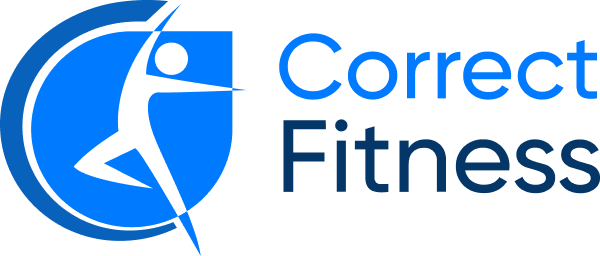Generally used to enhance flexibility, static stretching is the practice of holding a targeted muscle group in an elongated position to increase its overall length. This type of training requires minimal movement and can help to reduce muscle tension, which is why it is often performed immediately after exercise as part of a cool-down. However, these movements may not necessarily enhance joint function or ROM.
Technically, flexibility refers to the ability of a joint to articulate through its structural ROM in response to muscle activity. Extensibility describes the mechanical ability of muscle and connective tissue to lengthen and shorten as joint motion is occurring. As muscle, fascia and elastic connective tissue lengthen and shorten, they control the movement of a limb through its complete ROM. Using muscles to move a limb through its entire ROM can enhance the function of individual joints; therefore, mobility, which is a combination of flexibility and extensibility, is a more appropriate term and should be thought of as the ability of the involved tissues to lengthen and shorten while controlling unrestricted joint motion.
Muscle, fascia, joint capsules and ligament endings all contain numerous sensory receptors that measure and identify pressure, movement and the rate of movement of their respective joints. Mobility exercises that feature slow, controlled movements through a complete ROM help the nervous system learn how to control motion through the degrees of freedom allowed by each individual joint. Muscle contractions are essential for enhancing mobility; as one set of muscles contracts to move a limb, the muscles on the opposite side of the joint have to lengthen to allow the motion to occur. Known as reciprocal inhibition, not only does this help improve joint motion, but it allows muscles to improve the timing of their contractions as well as the ability to generate appropriate levels of force to execute efficient, coordinated movement. This, in turn, serves to enhance mobility















